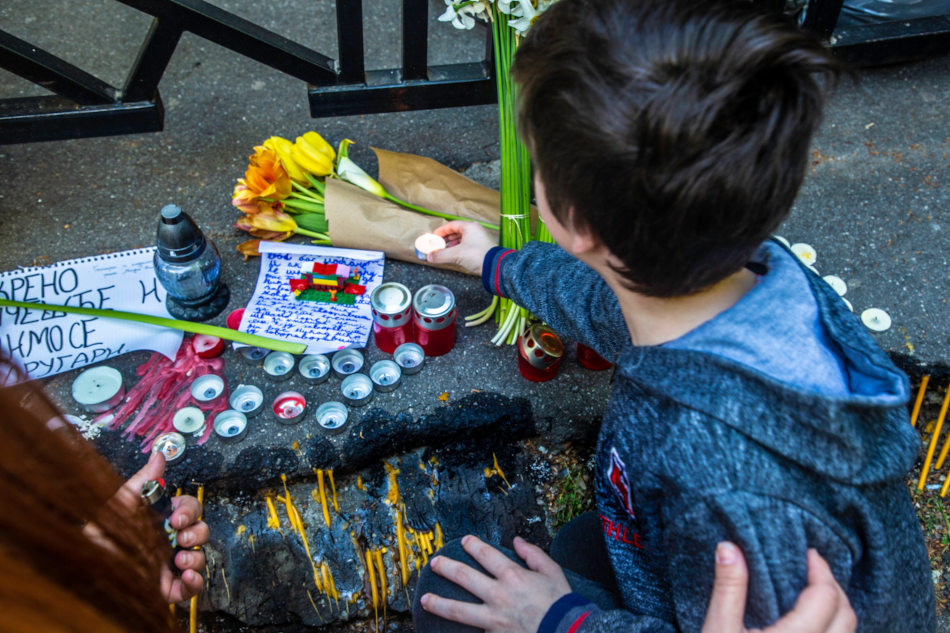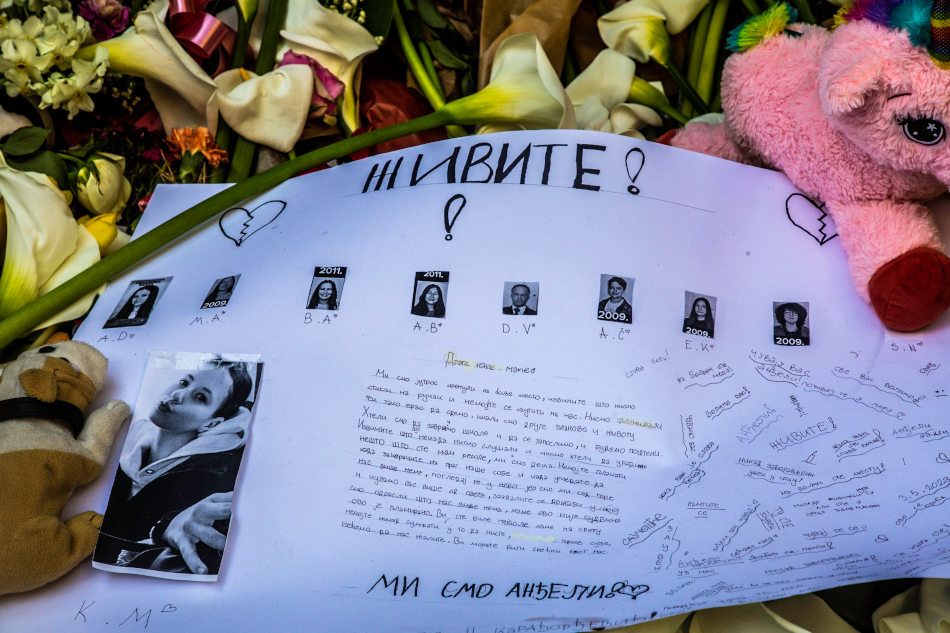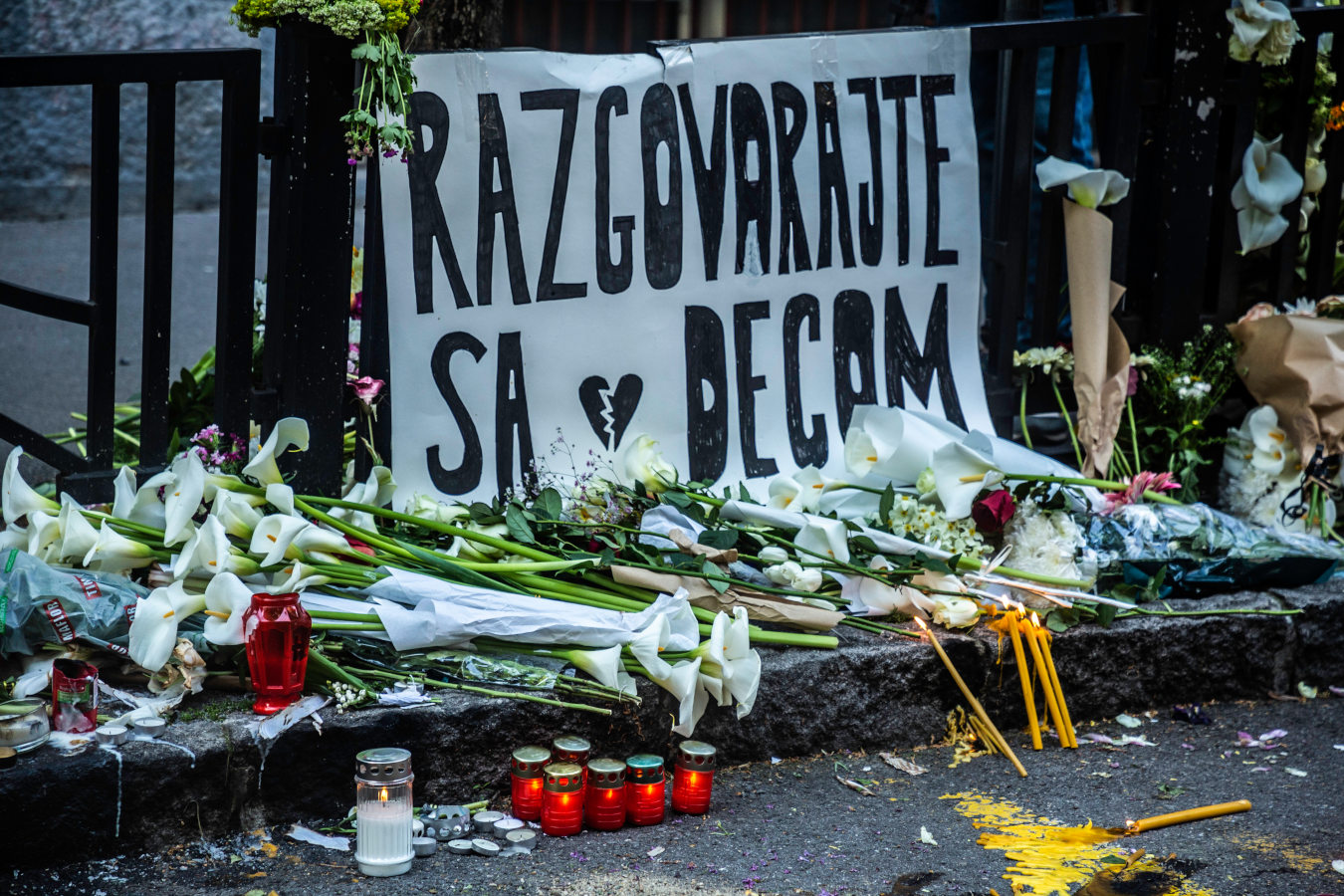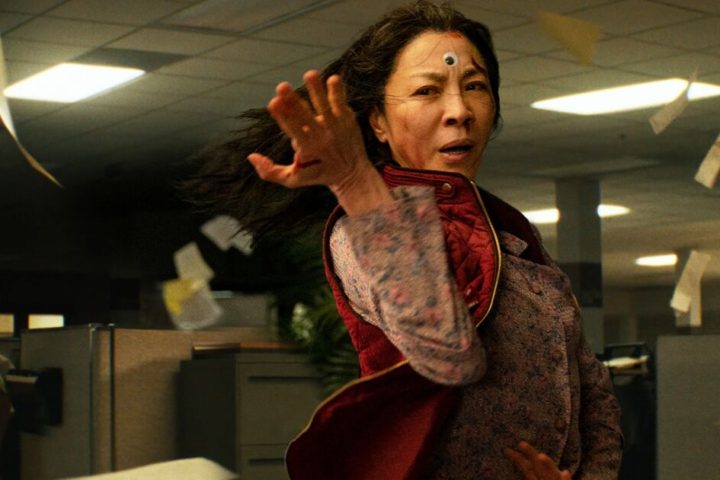The fear of death is universal, but no one is ever truly prepared to face it, especially not in traumatic circumstances. On May 3, 2023, at approximately 8:40 a.m., a 13-year-old student opened fire at Vladislav Ribnikar School in Vračar, Belgrade, killing eight fellow students and a security guard. As we saw later, that was only the beginning. After almost 48 hours, another mass shooting occurred. In this case, Uros Blazic, 21, took an assault rifle and shot several people near the municipality of Mladenovac.
Beyond the particularities of both cases, two questions seem to dominate the public space in Serbia today: How and why has such a wave of violence been unleashed in a country with hardly any crimes of this nature?

Although Serbia still ranks third behind the United States and Yemen in gun ownership, with an estimated 39 firearms per 100 inhabitants, acts of this nature are atypical in the country.
The last large-scale mass shooting occurred ten years ago in Velika Ivanča, a town of 1500 inhabitants 60 km from the capital.
On that occasion, Ljubiša Bogdanović killed 14 people and then shot himself in the backyard of his house. The war veteran had a gun permit since 1981, and in 2012 he was laid off from the wood processing factory where he was working. Bogdanović was described as a “quiet guy,” and his family had a history of mental illness.
In general terms, the recent shootings in Serbia do not differ from those recorded in other countries. Though there is an essential difference in rate, for example, if we compare with the U.S., these new cases in the Balkan country raise questions about other aspects, usually disregarded when discussing mass shootings.
One might argue that the cause of these events is solely psychological; others might present evidence relating to specific family problems. However, other reasons will emerge if the focus is on systemic violence. Consequently, in this piece, we will argue that the loss of humanity expressed in mass shootings appears as a result of the social death of the perpetrators. The latter implies not only a psychological disruption of normality but also an ontological fracture in the social tissue.

What the studies say about mass shootings
Research on the subject is, unfortunately, inconclusive. There is no formula for knowing who, how, and where such an event will occur. The tools and data collected in countries where these massacres happen most frequently suggest that the best approach to addressing the problem is to do so organically. That is mainly because multiple factors come into play when assessing the causes of these mass shootings: family background, the psychological profile of the perpetrator, the socioeconomic situation, the political-ideological environment, and legislative aspects.
After the second incident, Serbian President Aleksandar Vučić stated Serbia’s total “disarmament.” “We must have systemic changes in order to ensure safety for every child, for everyone,” he told the press. “I know this won’t be popular — there will be resistance from lobbies.” Moreover, he also advanced some hypotheses: from video games and lack of parental responsibility to the country’s laws.
In the case of video games, the available statistics quickly contradict what has been suggested by several politicians.
In his research on mass shootings in the U.S., Patrick Markey states that more than 70% of high school students play violent video games. Still, only 20% of school shooters have reported playing them.

The figures collected by The Violence Project in the U.S. confirm the above. Taking data from 1992 to 2022, it was found that 26 of the 136 perpetrators of mass shootings played violent video games. That is just under 20%. Nevertheless, when viewed from another perspective, the data collected reveals that the overall rate of mental illness among all perpetrators of mass shootings since 1992 is approximately 70%.
Along the same lines, the recent cases in Serbia express a complex environment that has been escalating in recent years. Added to this is the possibility of acquiring the weapons and the specific situations of the subjects involved. Shooters do not reach the determination to kill in an instant, nor do the conditions appear overnight.
As per a survey published by the South Eastern and Eastern Europe Clearinghouse for the Control of Small Arms and Light Weapons (SEESAC), in the period 2015-2019, a total of 125 people were killed with firearms in Serbia, the majority of which were men (82%).
The same research mentions that the increase in demand for firearms in the country is predominantly among young and middle-aged men. In addition, gun ownership is related to “culture and tradition,” while hunting and defense are stated as the main reasons for obtaining licenses.
After the above, what role does the family play? In the article published in Injury Epidemiology, Lisa Geller uses data from the U.S. Gun Violence Archive between 2014 and 2019. According to the author, “in more than two-thirds (68.2%) of the mass shootings analyzed,” the perpetrator killed family members or intimate partners, “or the shooter had a history of domestic violence.”
Is it any different in Serbia? The report on domestic violence published by the United Nations Development Programme (UNDP) in 2022 reveals a similar pattern. Between 2018 -2020, a total of 85,498 events related to domestic violence were reported in the country. Of the total, 58,926 or 59.7% were psychological violence, 35,780 (36.2%) physical violence, 3,361 economic, and 676 events related to sexual violence. The majority of the victims are women (around 70%), with wives (18,375), common-law spouses (9,523), and mothers (8,900) being the primary victims of these events, as many organizations have warned. Consequently, most perpetrators are men (82% of cases).
Then, was it coincidental that most of the victims in the first school shooting were girls? Considering the shooter prepared the attack a month in advance, it was not coincidental and corresponded with the criminality rates against women in Serbia. Furthermore, one could be more incisive here and ask why the alarms do not go off when a woman is murdered or abused. According to Autonomni Ženski Centar, there have already been five feminicides with firearms this year alone. And in total, since the beginning of 2023, 15 women and two underage girls (16 and 2 years old) have been murdered.
Social death and loss of humanity
Then, let’s not be fooled by the particularity of the phenomena. Each fact cohabits with its circumstances and the system of social relations that gives it meaning. Mass shootings are public spectacles of violence conceived as final acts staged by people who feel socially alienated from their families and communities. In that regard, we will understand more if we consider that reality an expression of what some scientists call social death.
For Jana Králová, social death is linked to “a loss of social identity, a loss of social connectedness and losses associated with the disintegration of the body.” Yet, the definition is broad, but it has been used for a long time to explain migration, genocides, tyrannies and dictatorships, dementia, and any situation in which the subject is decoupled from society before their actual death.
The process of decoupling from the community can occur in many ways, by means of discourse, through concrete actions, limitations, or restrictions to our agency. Alternatively, it can also happen through affirmative actions that reinforce alienation.
Here the notion of systemic violence is fundamental to grasping the emergence of violent acts in seemingly innocuous contexts.
Although it is true that, on the one hand, it is another elusive concept. On the other hand, it is a preamble to a more detailed analysis. Systemic violence is manifested in a pervasive pattern of aggression and is sustained by beliefs, prejudices, stereotypes, cultural traditions, and socioeconomic structures, among other factors.

That said, in addition to the above-mentioned factors related to domestic violence, possession of weapons, and psychological aspects, a new field of causes ignored by Serbian institutions opens up, starting with the Balkan wars and ending with the facts that mark the daily reality of the country. The war in Ukraine has provoked increased bellicose propaganda. In some sectors, war is glorified, and violence is displayed as a sign of masculinity and the ultimate realization of a nationalist impetus. Furthermore, the economic situation is a factor that surges social tension, with inflation at astronomical levels. Social inequality persists, school violence has worsened, and there is an increasing perception that some media encourage abuse. These are just some of the signs that have been ignored or minimized by public policymakers.
For all the above, it is worth saying clearly; it is incredibly irresponsible to blame the “cancerous influence of the Internet, video games, and so-called Western values,” as expressed by Former Education Minister Branko Ružić. On the contrary, viewing the phenomenon of shootings in a broader framework, all the forms mentioned above of social violence are the manifestation of another “cancerous influence” – to use the words of the former minister. They also express widespread social violence, permitted, reproduced, and rewarded by State institutions, the Church, and the media over the years.
Having the resolution to end a person’s life indicates that the Other has disappeared as a person and that one has renounced humanity. Humanity is expressed in our relationship with Others, and violence appears when this relationship is fractured.
The pain of many these days is unspeakable. Now it is multiplied after the last attack and the imminence of other lone wolves deciding to go out with a gun. Whether this pain and the massive public demonstrations will be transformed into concrete changes depends mainly on the citizenry’s ability to transcend particularisms through a democratic critique of the prevailing systemic violence.





